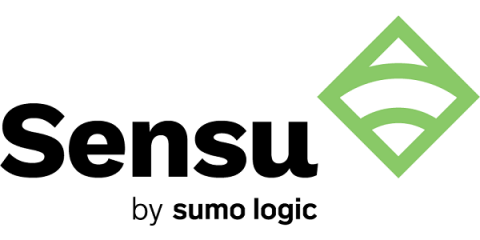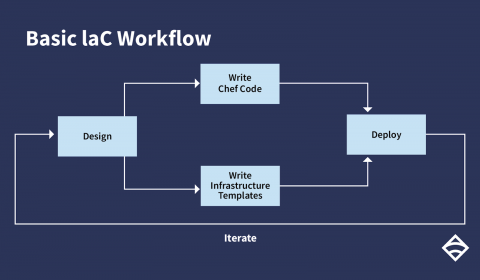Securing your Docker containers
One of the many challenges when building an application is ensuring that it's secure. Whether you're storing hashed passwords, sanitizing user inputs, or even just constantly updating package dependencies to the latest and greatest, the effort to attain a secure application is never-ending. And even though containerization has made it easier to ship better software faster, there are still plenty of considerations to take when securing your infrastructure as well.



